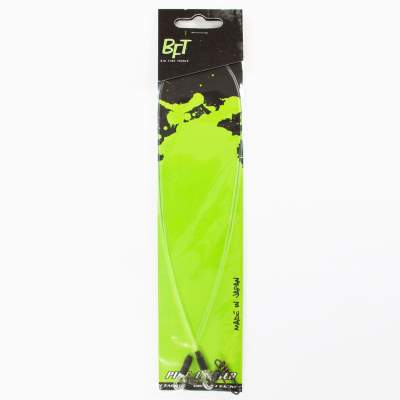

In this review we evaluated the reliability of IUS in assessing inflammation and fibrosis, mainly focusing on the available studies that have used pathological features or the response to treatment as direct and indirect reference parameters. In fact, if the assessment of pathological features is still awaiting valid and reproducible parameters, the discrimination of fibrosis and inflammation in non-operated patients is mainly indirect and relies essentially on clinical parameters such as biochemical tests and the response to steroid or biologic treatment.

Most of these gaps rely on the absence of reproducible gold standards for evaluating inflammation and fibrosis to be used for complicated and not complicated patients. However, reliability of IUS in detecting inflammation and fibrosis is still under investigation, as well as its applicability and usefulness in clinical practice to drive the most appropriate treatment.

The introduction of small intestine contrast ultrasonography (SICUS) and the contrast-enhanced ultrasound (CEUS) as well as elastography expanded the potential applications of this technique.

In clinical practice and research, cross-sectional imaging techniques have been proposed as reliable non-invasive alternative approaches for transmural assessment of the intestinal wall to detect inflammatory or fibrotic patterns.Īmong different imaging techniques, intestinal ultrasound (IUS) is a radiation-free and cost-effective technique which is increasingly adopted both for the diagnosis and the monitoring of CD. However, despite several scoring systems have been proposed, in particular for strictures, a wide heterogeneity in scoring methods exists and none can be considered as a suitable benchmark ( Bettenworth et al., 2019 De Voogd et al., 2020 Gordon et al., 2020). Histopathology is still the gold standard for the identification of inflammation and fibrosis. The definition of disease activity and onset of fibrosis will shape therapeutic decisions, with prognostic impact on the response to therapy and the risk of recurrence. The evaluation and characterization of inflammation is pivotal in the detection of the disease, in the characterization of newly diagnosed of CD, and in its monitoring, along with the evaluation of complications ( Maaser et al., 2019). The complicated course of disease occurs in up to 50% of patients within 20 years of diagnosis, requiring a surgical intervention in half of these cases within 10 years ( Peyrin-Biroulet et al., 2010). In general, the inflammatory pattern is the most frequent at the onset of the disease, while a stricturing or penetrating evolution can be observed later on ( Cosnes et al., 2002).
Salomon qlab 2016 update#
The purpose of this review is to provide an update on current sonographic methods to discriminate inflammation and fibrosis in Crohn’s disease.Ĭrohn’s disease (CD) is characterized by chronic inflammation and progressive fibrosis. contrast agents, and the evaluation of the mechanical and elastic properties by sonoelastography, may provide useful and accurate information on the severity and extent of inflammation and intestinal fibrosis in Crohn’s disease. The B-mode ultrasonograhic characteristics of the intestinal wall, the assessment of its vascularization by color Doppler and I.V. However, in clinical practice and research, transmural assessment of the intestinal wall with cross sectional imaging is increasingly used for this purpose. The accurate evaluation of the extent and severity of inflammation and/or fibrosis in Crohn’s disease currently requires histopathological analysis of the intestinal wall. This information will contribute to the choice of the appropriate therapeutic approach, the prediction of the response to therapy and the course of the disease. The evaluation of the degree of inflammation and fibrosis, intrinsic elements in intestinal wall damage of Crohn’s disease, is essential to individuate the extent of the lesions and the presence of strictures.


 0 kommentar(er)
0 kommentar(er)
